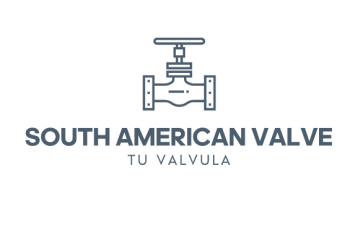Float Control Valve
A float control valve is a type of valve that uses a float to control the flow of fluid in a system. The float is connected to a valve mechanism that regulates the opening and closing of the valve based on the position of the float. When the fluid level rises, the float rises with it, opening the valve to allow more fluid to enter the system. When the fluid level falls, the float falls with it, closing the valve to reduce or stop the flow of fluid.
Float control valves are commonly used in applications where it is necessary to maintain a constant fluid level in a tank or reservoir. They are also used in applications where it is important to prevent overflow or overfilling of a system. Float control valves are typically made from materials that are resistant to corrosion and wear, such as stainless steel or brass.
Parts
Float
Stem
Valve mechanism
Seat
Body
Inlet and outlet ports
Control mechanism
Advantages
Accurate fluid level control
Simple and reliable operation
Corrosion resistance
Flexibility
Safety
Industries
Water treatment
Chemical processing
Oil and gas production
Power generation
Pulp and paper production
Mining and minerals processing
Steel manufacturing
Petrochemicals
Wastewater treatment
Marine and offshore
Aerospace and defense
Automotive manufacturing
Construction and building services
Textiles and clothing manufacturing
Float Control Valve


